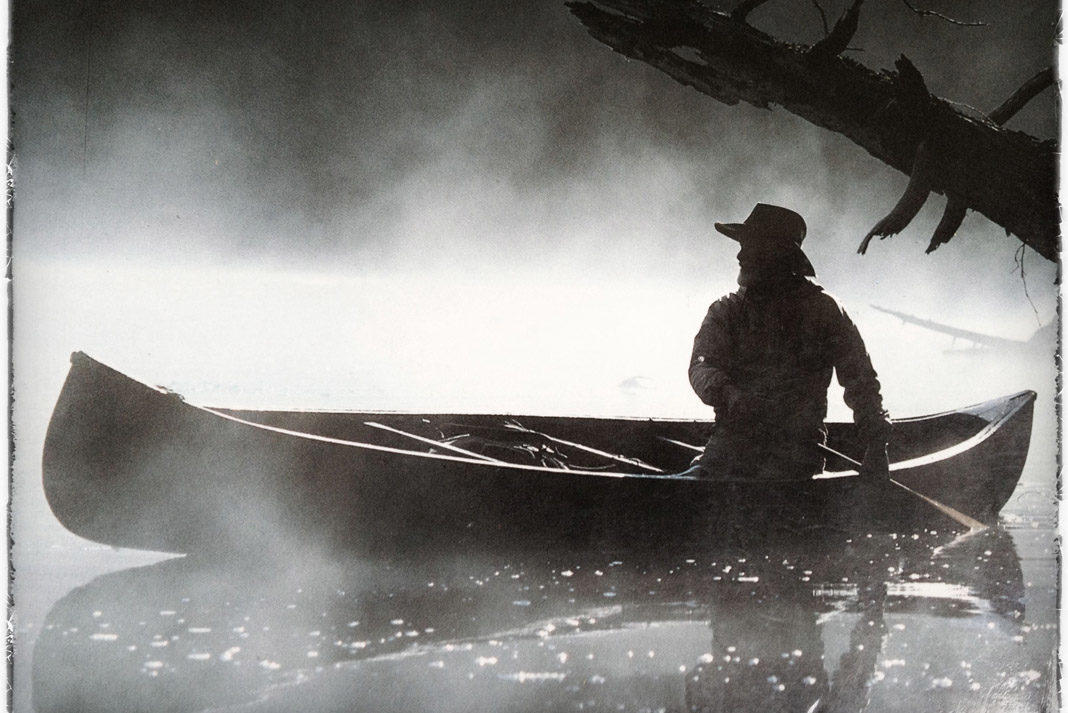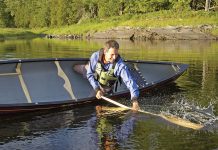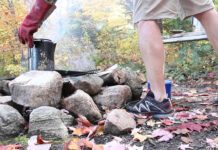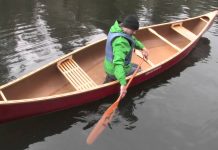On October 29, 2018, it will be 30 years since paddler, filmmaker and artist Bill Mason’s death of duodenal cancer at his home on Meech Lake, north of Ottawa, Ontario.
He was just 59 years old. No doubt, the world has changed since then—for one, any limit on what’s possible in an open canoe has effectively been vaporized by new generations of adventurous paddlers.
Bill Mason is still present in today’s paddling world
In spite of all the changes, Bill Mason is still very much present and relevant in today’s paddling world. There’s Paddle Canada’s ongoing Waterwalker Film Festival created in Mason’s honor, the Bill Mason Outdoor Education Centre in Ottawa, and smaller celebrations and remembrances, like the Bill Mason Film Festival in Kenora, Ontario.
There are the people you meet on the water with a copy of Mason’s book Path of the Paddle in hand. And then, of course, there’s Kevin Callan, whose infectious, corny humor, plaid shirt and Tilley hat channels his charming inner Bill Mason on camera from time to time as he goes about his wilderness storytelling.
Bill’s daughter, Becky, and son, Paul, both offer paddling skill instruction and workshops and continue in the family tradition. And let’s not forget the special Bill Mason exhibit at the Canadian Canoe Museum in Peterborough, Ontario, which continues to draw people from around the world, drawn to the man through his books and films. The entire Mason canon of films, from Paddle to the Sea to Waterwalker and just about everything in between, is on offer on YouTube.
Bill’s message was never just about canoeing
Since the publication of Bill’s how-to films and books, there have been countless others who have produced similarly effective and engaging instructional products and progressions using updated technology.
I suspect I’m not alone when I say more important than technical prowess or pedagogical brilliance, when it comes to learning how to canoe I cherish my memory of Bill Mason’s reverence for the natural world. I love his simple joy of building a relationship to the world with a canoe. Bill didn’t really care whether you did this stroke or that stroke in this or that circumstance. Going into nature was the most important thing. How you got there in your canoe was incidental.
Deep respect for nature and for Indigenous Canadians
There is something else too. It’s less of a legacy, and more a realization of an aspiration core to his environmental ethic. Listen to the opening lines of Waterwalker:
The first white man arrives in North America. And he looks out over the land and he calls it a pristine, untouched wilderness. That’s got to be the greatest compliment anyone could pay to the Native peoples who had lived here for thousands of years. And it’s still possible to get a glimpse of what wilderness used to be. And I think the best way to do that is in a canoe—the most beautiful and functional craft ever created.
Bill didn’t know any Indigenous Canadians well enough to invite them to collaborate on his films, but he knew from reading about First Nations, Métis and Inuit sensibilities those who came later had much to learn from Canada’s First Peoples. And in inviting First Nations voice actor Wilf Pelletier to read these passages for the soundtrack of Waterwalker, Mason was initiating a change only realized since his death.
In helping bring Indigenous wisdom into mainstream discourse, Bill was ahead of his time, and ahead of the rest of us. Much more recently the voices and faces of the original canoes and routes in this nation have begun rising into public consciousness in meaningful ways. And 30 years after Bill Mason’s death it is perhaps this which will keep him living in our collective memory while another three decades tick by.









